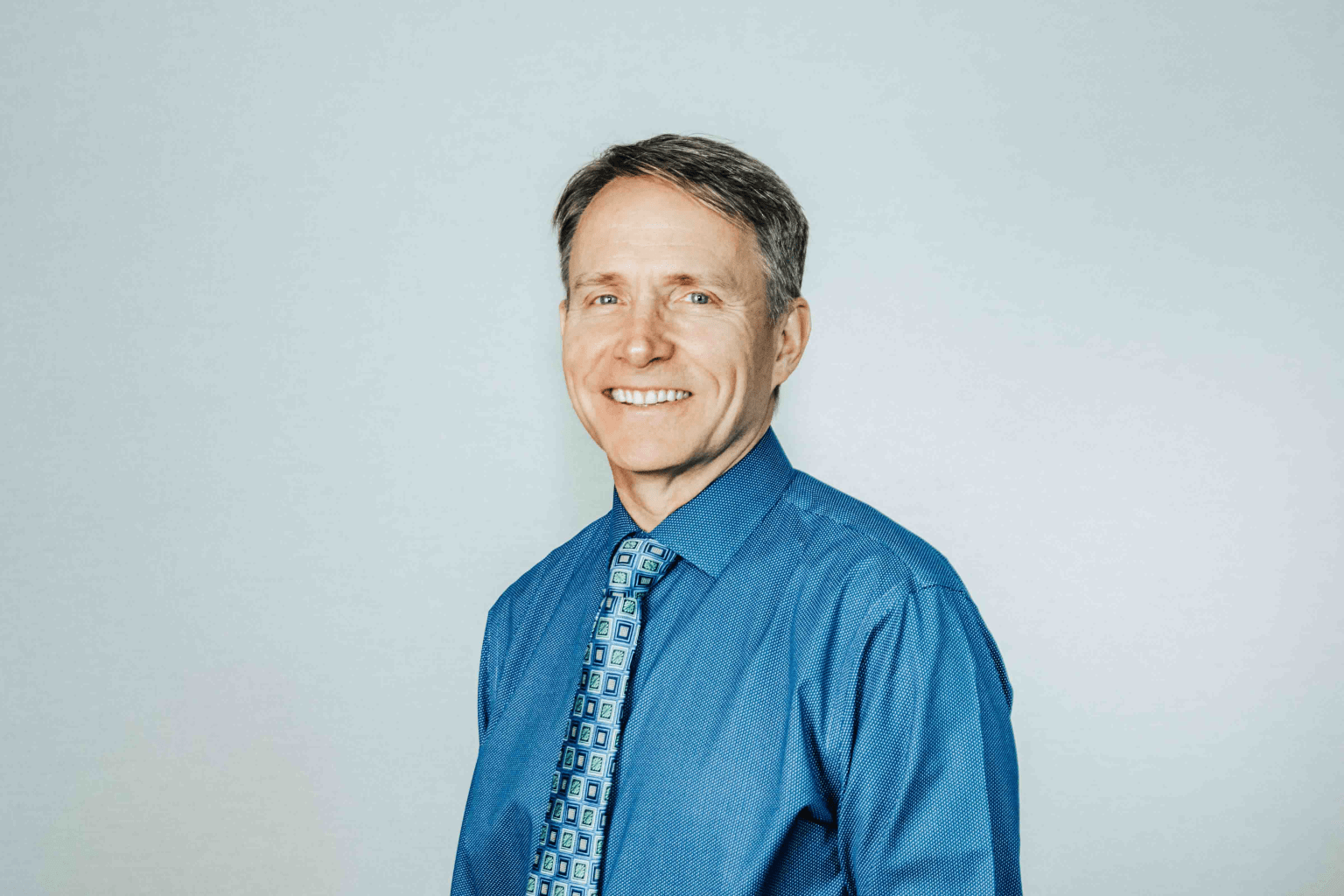Don't Love Your CPAP? There Is Another Option
- Category: Preventative Healthcare, ENT
- Posted On:

According to the American Sleep Association, 50-70 million US adults have a sleep disorder such as sleep apnea.
The thought of a single night of uninterrupted sleep is a dream for people with obstructive sleep apnea, many of which find relief from a CPAP. And while CPAP is the most common treatment on the market today, it requires patients to get comfortable with wearing a mask to bed and packing it with them for travel.
Since 2014, Dr. Doug Anderson has been instrumental in using the revolutionary technology called Inspire®, a device that uses technology like a pacemaker, to treat sleep apnea.
We sat down with Dr. Anderson to ask him how the device works, who is eligible for this procedure, and what benefits it might provide for someone who struggles to wear their CPAP.
Q: What is sleep apnea?
A: Sleep apnea is when a person, during sleep, struggles to get appropriate amounts of air into his/her lungs. Most of the time it is due to obstruction, often due to obesity or some other sort of narrowing due to large tonsils or similar issues. By definition, sleep apnea occurs when there is a cessation of airflow for at least ten seconds, which obviously causes a drop in blood oxygen levels and interruption of sleep.
Q: What is the difference between obstructive and central sleep apnea?
A: Central sleep apnea occurs when a person’s brain fails to send the necessary neurological signals that cause a person to breathe. Whereas with obstructive sleep apnea, the neurological signals are working just fine – the issue is that the airway is being physically obstructed in one way or another. Obstructive sleep apnea is the more common of the two conditions.
Q: What are the signs of sleep apnea?
A: Sleep apnea concerns are often brought forward by someone who sleeps near the afflicted individual. Signs include loud snoring, pausing followed by a gasp of air, etc. Sleep apnea also causes daytime fatigue. If you fall asleep easily during meetings or movies, or while reading a book, then there is a chance that you might be suffering from sleep apnea. It can also affect concentration, memory, and many other things. Over time, you’ll be more prone to having high blood pressure, type 2 diabetes, and depression. If you think you might have sleep apnea, don’t wait – see an appropriate specialist right away.
Q: What treatments are available for sleep apnea?
A: A continuous positive airway pressure (CPAP) mask is the most common device used for sleep apnea treatment. The mask covers either the nose or the nose and the mouth – it blows pressurized air into the airway to keep it open and unobstructed. CPAP doesn’t work for everyone. Common CPAP complaints include that it makes the wearer feel claustrophobic and that it is difficult to travel with.
Other treatment options include fairly invasive upper airway surgeries to trim parts of the throat that might obstruct the airway. Another option is the restructuring of the boney framework of your jaw to make it larger and more conducive to proper airflow.
Q: You offer a new technology for sleep apnea treatment?
A: Yes. In 2014, a company by the name of Inspire® developed what is called a “hypoglossal nerve stimulator” – the first and only FDA-approved neurostimulator device for treating sleep apnea. The device senses the regularity of your breathing. If your breathing begins to cease, the device stimulates your tongue and your throat simultaneously to take a breath, ensuring that your sleep goes uninterrupted.
Q: What does the Inspire® procedure entail?
A: It’s a relatively simple outpatient procedure. It takes about three hours. People go home the same day. The procedure requires three small incisions that generally cause minimal-to-no discomfort.

To schedule a visit with Dr. Anderson or learn more about this new sleep apnea solution, call his office at 801-475-3070 or request an appointment online.